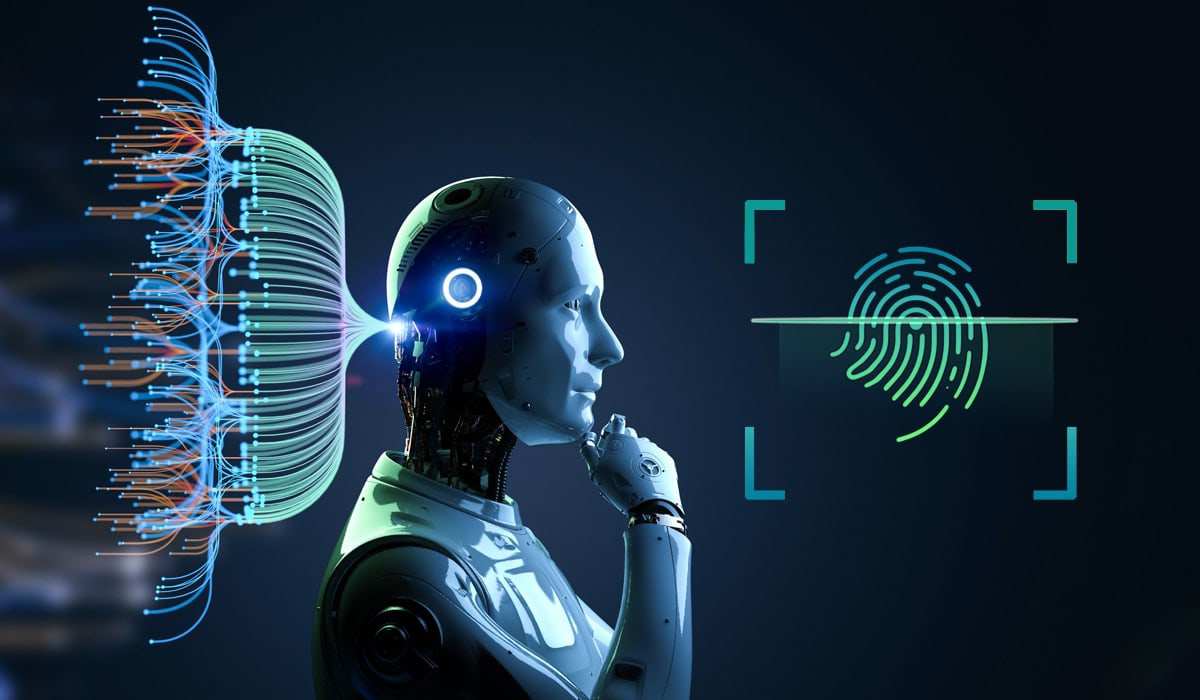Artificial intelligence (AI) technology has several use cases; one is providing access to digital services in their native languages. In a country as vast as India, where people speak over 121 languages, it is a tough task to make digital services available to them in their native languages.
The public authority is building language datasets through Bhashini. This artificial intelligence-driven language interpretation framework is making open source datasets in neighborhood dialects for building artificial intelligence devices which consequently means to convey more administrations carefully.
AI’s role in bringing languages online

Notably, only a few of these 121 languages are covered by natural language processing (NLP), the branch of artificial intelligence that enables computers to understand text and spoken words. This means that hundreds of millions of Indians are excluded from useful information.
But if we had to collect as much data in Indian languages as went into a large language model like GPT, we’d be waiting another 10 years.
How Artificial Intelligence models are trained

Datasets like written texts are used to train AI models. However, the oral tradition of many Indian languages means that there are few textual records, making it challenging to collect data in less common languages.
In comes Bhashini, which incorporates a publicly supporting drive for individuals to contribute sentences in different dialects, approve sounds or messages deciphered by others, interpret messages and name pictures.
About Meta’s Model

Earlier this year, Meta CEO Mark Zuckerberg announced an AI-powered speech translation model that can translate and transcribe speech in up to 100 languages. Zuckerberg said that the AI model can do speech-to-text, text-to-speech, speech-to-speech, text-to-text translation and speech recognition.



